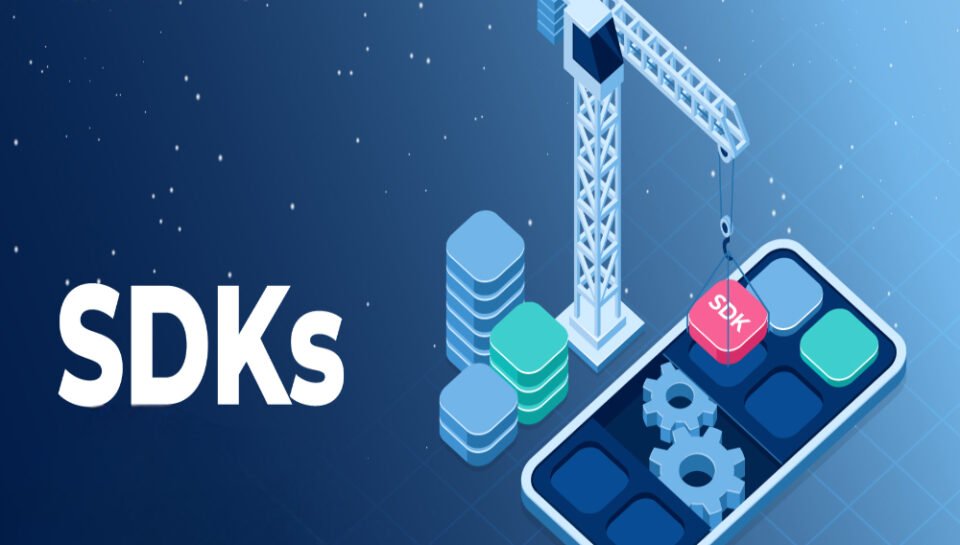
What are the benefits of integrating a payment gateway natively versus via third-party SDKs?
Control and Customization (Native Integration)
- Provides full control over the user interface and transaction flow.
- Enables tailoring of error messages, prompts, and confirmations to match the app’s tone.
- Allows seamless alignment with business rules, pricing models, and workflows.
- Supports deeper integration with internal systems such as CRM or billing engines.
- Offers flexibility to modify or upgrade components without third-party limitations.
Speed and Simplicity (Third-Party SDKs)
- Accelerates deployment with ready-to-use libraries and pre-built logic.
- Reduces initial development effort through plug-and-play components.
- Minimizes coding complexity for handling encryption, authentication, and callbacks.
- Includes built-in support for common payment methods and user interface elements.
- Often comes with compliance features like tokenization and PCI alignment by default.
Security and Compliance Management
- Native integration requires internal handling of encryption, storage, and data protection.
- Third-party SDKs typically offload security responsibilities to the provider.
- Native methods offer flexibility to build custom compliance features for specific markets.
- SDKs reduce liability by managing sensitive data outside the app environment.
- Integration choice affects audit scope and internal security controls.
Maintenance and Updates
- Native integration requires more effort to manage updates and gateway changes.
- SDK providers typically handle backend updates, reducing maintenance burden.
- Native methods offer independence from third-party version cycles or outages.
- SDKs provide structured support and documentation for faster troubleshooting.
- Native solutions may need internal teams to monitor API changes and adapt code.
User Experience and Performance
- Native integration enables a consistent, uninterrupted in-app experience.
- SDKs may redirect users or create UI differences across platforms.
- Native control helps minimize latency and optimize screen transitions.
- SDKs offer reliability through standardized error handling and fallbacks.
- User trust may be impacted by visible third-party elements in SDK flows.





